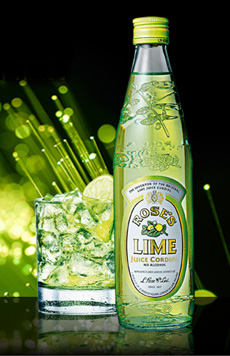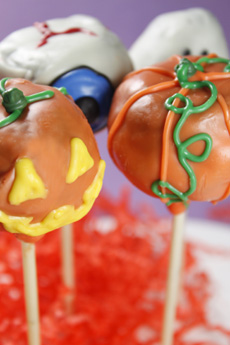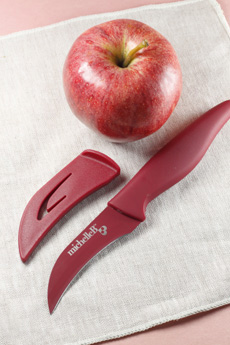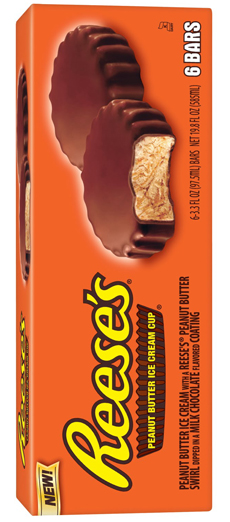|
The most popular use for the syrup in the U.S. is mixing with alcohol in a cocktail recipe. You can’t have a Gimlet or a Vodka Lime without lime juice cordial.
*When Rose’s product was patented in 1867, sugar was used as a food preservative. Rose’s enabled fresh lime juice to be preserved without the addition of alcohol. Today, the brand is owned by the Dr Pepper Snapple Group. In the U.S., the sugar has long been replaced with HFCS. In the U.K. and Canada, sugar is still used: The regulators in those countries are not keen on HFCS.
RECIPE FOR LIME JUICE CORDIAL
This recipe makes about 3 cups. It has a shelf life of one to three months in the fridge. If you won’t use all of it, bottle it and give it to a cocktail- or soda-loving friend.
Ingredients
1-1/2 cups water
3/4 cup sugar or 1/2 cup agave nectar (a low-glycemic alternative)
3/4 teaspoon citric acid (also called sour salt, available near the Rose’s in large supermarkets, some pharmacies and online)
3/8 teaspoon tartaric acid†
3/4 cup lime juice (4-5 limes, depending on size)
Rind of 3 limes, cut into strips
Optional: 1 tablespoon of vodka as a preservative
†Cream of tartar, a derivative of tartaric acid, isn’t acidic enough for this recipe.
Preparation
1. Heat water to boil.
2. While water is boiling, whisk together sugar, citric acid and tartaric acid in a small bowl.
3. Add to boiling water and whisk until sugar mixture completely dissolves. Add lime juice and rind, and stir.
4. Heat mixture for 2 minutes on high heat; cover and cool to room temperature, then mix in vodka.
5. Refrigerate overnight in an airtight container. Strain out rind and return mixture to fridge.
6. Extra step to extend the life of your cordial: Sterilize the bottle and lid by boiling for 10 minutes or heating in the oven at 180°F for 15 minutes.
WHEN NOT TO USE LIME JUICE CORDIAL
Sometimes you want the flavor of lime juice cordial, sometimes you don’t.
Because it’s easier and cheaper, some bars substitute lime juice cordial when fresh lime juice is called for—in a Cosmopolitan, Margarita or Mojito, for example. If you order a drink and anticipate a refreshing lilt of lime, you may be disappointed if the bar uses lime juice cordial.
Ask if fresh-squeezed lime juice is used, and if not, request that yours be made with it. Every bar has fresh limes. The fresh juice makes a big difference.
|








